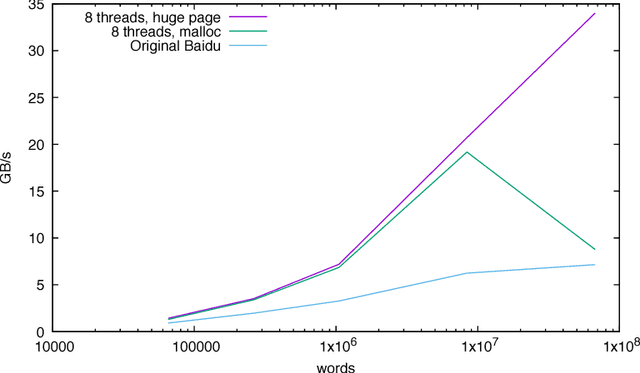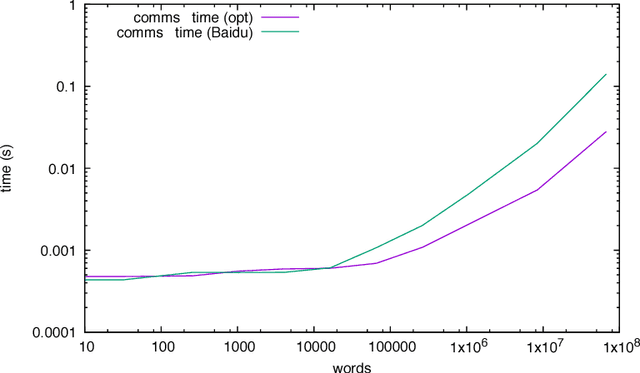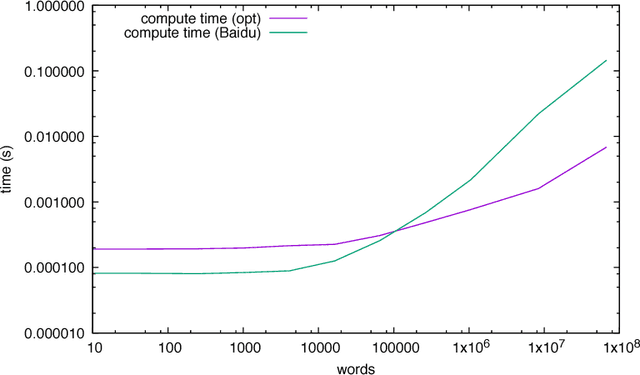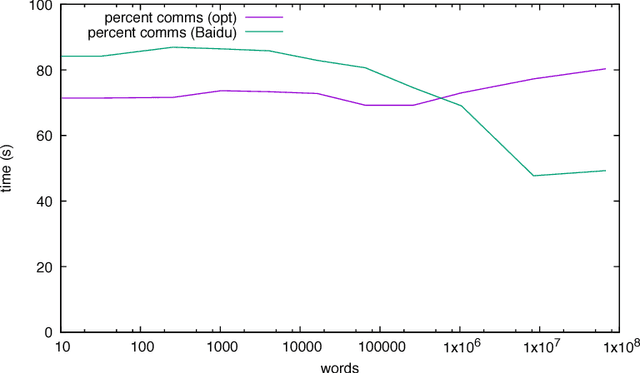Christoph Lehner
Gauge-equivariant pooling layers for preconditioners in lattice QCD
Apr 20, 2023Abstract:We demonstrate that gauge-equivariant pooling and unpooling layers can perform as well as traditional restriction and prolongation layers in multigrid preconditioner models for lattice QCD. These layers introduce a gauge degree of freedom on the coarse grid, allowing for the use of explicitly gauge-equivariant layers on the coarse grid. We investigate the construction of coarse-grid gauge fields and study their efficiency in the preconditioner model. We show that a combined multigrid neural network using a Galerkin construction for the coarse-grid gauge field eliminates critical slowing down.
Gauge-equivariant neural networks as preconditioners in lattice QCD
Feb 10, 2023Abstract:We demonstrate that a state-of-the art multi-grid preconditioner can be learned efficiently by gauge-equivariant neural networks. We show that the models require minimal re-training on different gauge configurations of the same gauge ensemble and to a large extent remain efficient under modest modifications of ensemble parameters. We also demonstrate that important paradigms such as communication avoidance are straightforward to implement in this framework.
Accelerating HPC codes on Intel Omni-Path Architecture networks: From particle physics to Machine Learning
Nov 13, 2017



Abstract:We discuss practical methods to ensure near wirespeed performance from clusters with either one or two Intel(R) Omni-Path host fabric interfaces (HFI) per node, and Intel(R) Xeon Phi(TM) 72xx (Knight's Landing) processors, and using the Linux operating system. The study evaluates the performance improvements achievable and the required programming approaches in two distinct example problems: firstly in Cartesian communicator halo exchange problems, appropriate for structured grid PDE solvers that arise in quantum chromodynamics simulations of particle physics, and secondly in gradient reduction appropriate to synchronous stochastic gradient descent for machine learning. As an example, we accelerate a published Baidu Research reduction code and obtain a factor of ten speedup over the original code using the techniques discussed in this paper. This displays how a factor of ten speedup in strongly scaled distributed machine learning could be achieved when synchronous stochastic gradient descent is massively parallelised with a fixed mini-batch size. We find a significant improvement in performance robustness when memory is obtained using carefully allocated 2MB "huge" virtual memory pages, implying that either non-standard allocation routines should be used for communication buffers. These can be accessed via a LD\_PRELOAD override in the manner suggested by libhugetlbfs. We make use of a the Intel(R) MPI 2019 library "Technology Preview" and underlying software to enable thread concurrency throughout the communication software stake via multiple PSM2 endpoints per process and use of multiple independent MPI communicators. When using a single MPI process per node, we find that this greatly accelerates delivered bandwidth in many core Intel(R) Xeon Phi processors.
 Add to Chrome
Add to Chrome Add to Firefox
Add to Firefox Add to Edge
Add to Edge